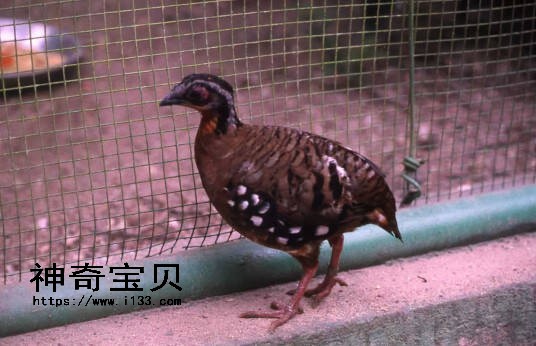
The Orange-necked Hill Partridge is known as Arborophila davidi and orange-necked hill partridge. They often live in pairs or groups, consisting of 4-12 individuals. Most of the activity is on the forest floor, and at night, it perches on branches. Every morning and evening, often issued a series of...
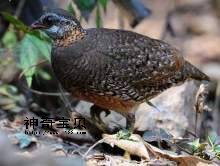
The Green-legged Partridge (Arborophila chloropus) has four subspecies.Partridges are usually found in pairs or in groups of 3-5 individuals. Temperament is extremely timid, often hiding under the forest, shrubland or grass, usually rarely take off, often in the underforest shrubland and grass activ...
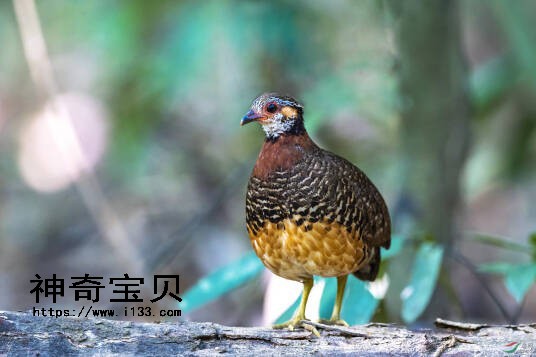
Arborophila charltonii, Chestnut breasted HillPartridge, is good at hiding. They often live in pairs or groups, consisting of 4-12 individuals. Most of the activity is on the forest floor, and at night, it perches on branches. Every morning and evening, often issued a series of calls, repeated calls...
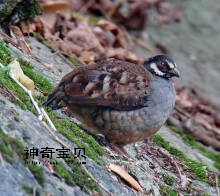
Malay Partridge (scientific name: Arborophila campbelli), no subspecies. This species is found in the plateau forests of Peninsular Malaysia. It was once known as a subspecies of the partridge.The Malay mountain partridge feeds mainly on the fruits of vines, termites (isoptera), and gastropods.Liste...
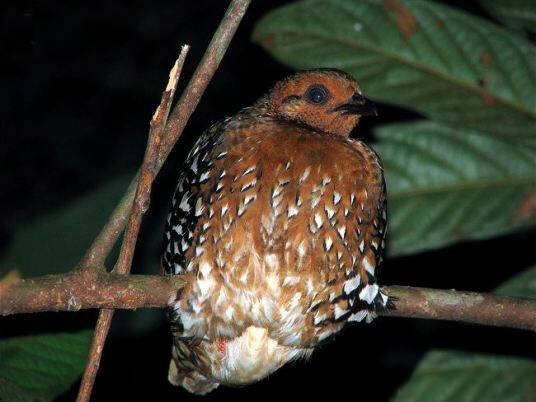
Its scientific name is Arborophila cambodiana and its foreign name is Chestnut-headed Hill Partridge.Arborophila arboriceps is good at hiding. They often live in pairs or groups, consisting of 4-12 individuals. Most of the activity is on the forest floor, and at night, it perches on branches. Every...
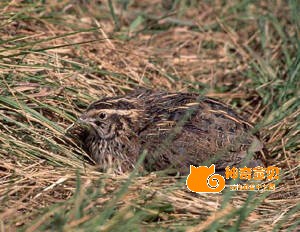
Snow partrail is known as Anurophasis monorthonyx and Snow Mountain Quail.Listed on the International Union for Conservation of Nature (IUCN) 2016 Red List of Threatened Species ver 3.1 - Near Threatened (NT).Protect wild animals and eliminate wild meat.Maintaining ecological balance is everyone'...
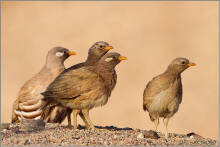
Ammoperdix heyi, also known as Sand Partridge, has four subspecies.The partridge is stout, smaller than the pheasant, fast at running and hiding, rarely flying, and soon tired of flying. Found in deserts and rocky slopes. The song of the partridge has an elegant texture and often echoes in its rocky...
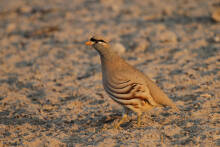
Ammoperdix griseogularis and See-see Partridge. Usually living in pairs, seeds make up 80% of the bird's diet in summer, with other foods including greens, berries and insects. Considered monogamous, females usually breed in April, laying 5-7 eggs per litter, with nests embedded or hanging from...
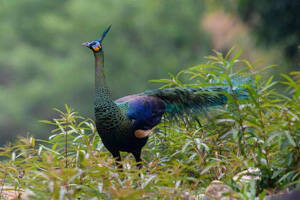
Congo Peacock (Afropavo congensis) : Congo peafowl, Congo Peacock, no subspecies. Congolese peacocks defy the general rules of the bird world, with females being more beautiful than males.Congo peacock is an elusive mysterious bird, because living in Africa's dark, human and animal rare rainfore...
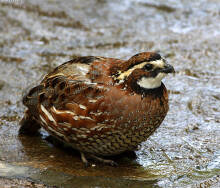
Tawny-faced Quail (Rhynchortyx cinctus) feeds on plant seeds and insects. They usually live in pairs, but small groups of up to eight birds have been reported. Females begin laying eggs in early March and are monogamous.Listed on the International Union for Conservation of Nature (IUCN) 2016 Red Lis...
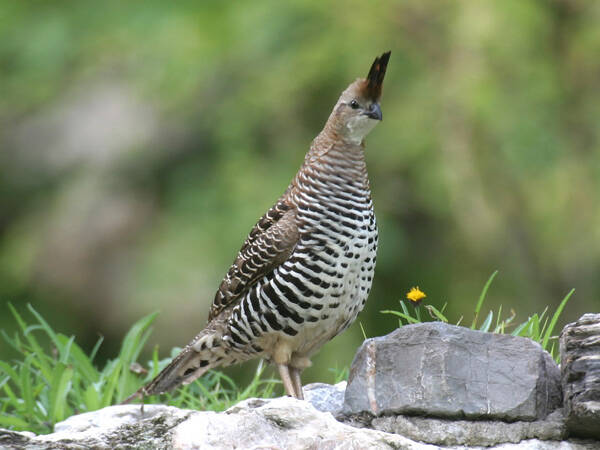
The Quail (Philortyx fasciatus) is a ground-dwelling bird, usually living in small groups of about a dozen individuals, sometimes in larger groups of up to 30 individuals. When startled, they run around in panic, which can make potential predators run away.The quails feed mainly on worms of the genu...
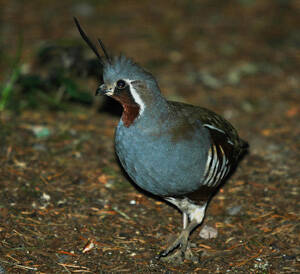
Mountain Quail (Oreortyx pictus) has five subspecies.Quails are terrestrial birds that move and walk mainly on the ground. In late summer or fall and winter, adult and subadult birds move in family units, gathering into groups of more than 20 birds. Quails can also fly short distances, often quickly...
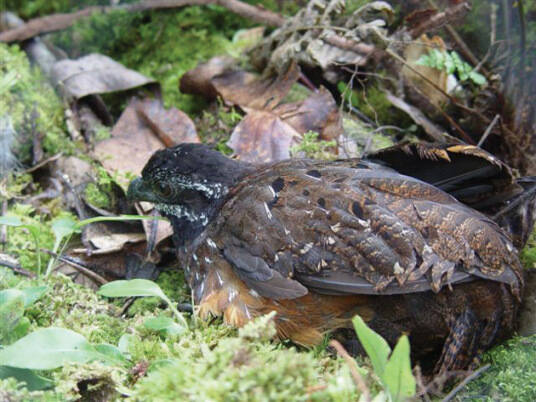
Gorgeted Wood-quail, Odontophorus strophium and Gorgeted wood-quail, are typically active at dawn or dusk and live in family groups of up to 12 gorgeted wood-quail. They are used to looking for food on the ground and searching the soil for fallen seeds, fallen fruits and insects. Gentle, shy and cau...
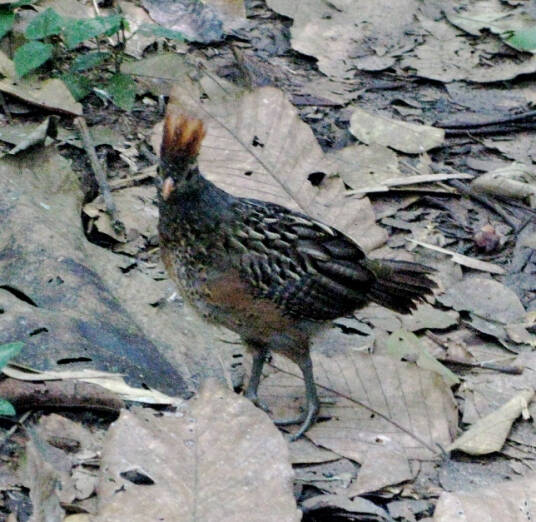
starred wood quail (Odontophorus stellatus, starred wood quail) is active at dawn or dusk, living in family units, usually in small groups of up to 12 quails. They are used to looking for food on the ground and searching the soil for fallen seeds, fallen fruits and insects. Gentle, shy and cautious,...
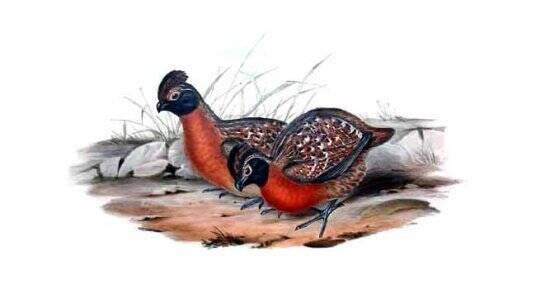
Odontophorus speciosus and Rufous-breasted Wood-quail are active at dawn or dusk. They live in family groups of up to 12 individuals. They are used to looking for food on the ground and searching the soil for fallen seeds, fallen fruits and insects. Gentle, shy and cautious, she usually runs away on...
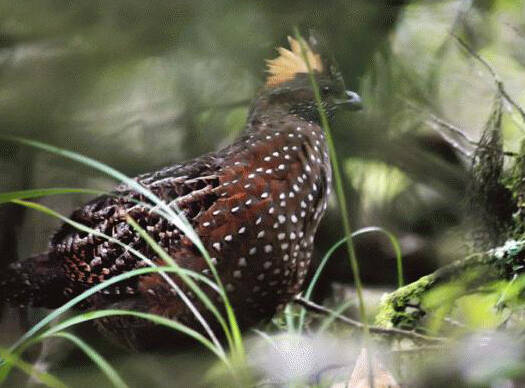
Odontophorus melanotis, or Black-eared Wood-quail, is usually active at dawn or dusk, living in family groups of up to 12 individuals. They are used to looking for food on the ground and searching the soil for fallen seeds, fallen fruits and insects. Gentle, shy and cautious, she usually runs away o...

melanonotus melanonotus, or Dark-backed Wood-quail, is active at dawn or dusk, living in family groups of up to 12 individuals. They are used to looking for food on the ground and searching the soil for fallen seeds, fallen fruits and insects. Gentle, shy and cautious, she usually runs away on foot...
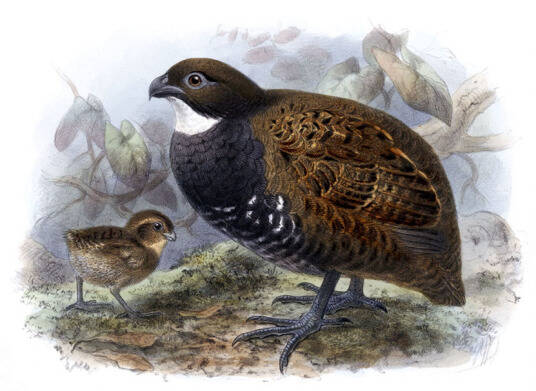
Odontophorus leucolaemus and Black-breasted Wood-quail are active at dawn or dusk. They live in family groups of up to 12 quail. They are used to looking for food on the ground and searching the soil for fallen seeds, fallen fruits and insects. Gentle, shy and cautious, she usually runs away on foot...

chestnut quail, whose scientific name is Odontophorus hyperythrus and whose foreign name is chestnut wood quail, is generally active at dawn or dusk. They live in families and generally gather in small groups of up to 12 individuals. They are used to looking for food on the ground and searching the...
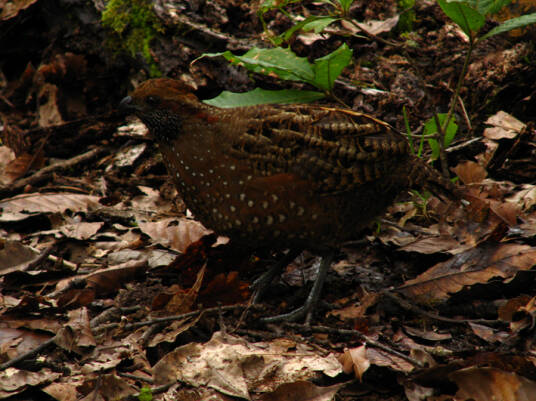
Known as Odontophorus guttatus and spotted wood quail, they are usually active at dawn or dusk, living in small groups of up to 12. They are used to looking for food on the ground and searching the soil for fallen seeds, fallen fruits and insects. Gentle, shy and cautious, she usually runs away on f...